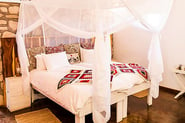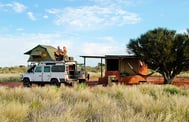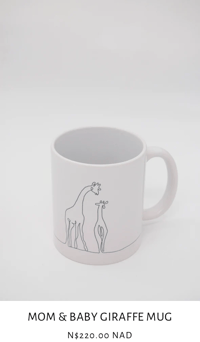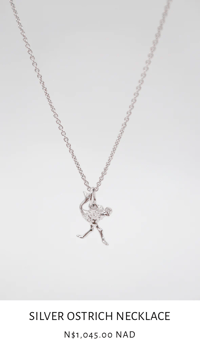KALAHARI DESERT LIVE STREAM
The Gondwana Kalahari Park offers pristine Kalahari Desert and landscape. Colours run riot in the Kalahari Desert where yellow grass and dark green acacias are accentuated against burnt-orange sand and the blue of an infinite sky. And when the sun prepares its farewell for the day, it draws on all the hues of the celestial prism. The magnificent landscape is home to hardy desert-adapted gemsbok, springbok, ostrich, eland, bat-eared foxes, black-backed jackal and the rambling nests of social weavers that have skilfully mastered thermodynamic principles and life in the desert.
The Gondwana Kalahari Park
Sustainability Efforts

THE KALAHARI DUNES
Animals in the area
While the Namib Desert is arid and water is scarce, many animals have successfully adapted to live and thrive in this climate. Within the Namib Sand Sea habitats and micro-environments, visitors may find:
Giraffe
(Giraffa camelopardalis angolensis)
Being the world’s tallest animal, one cannot misidentify a Giraffe(Giraffa giraffa). Standing at up to 6 meters tall, these long-legged beauties are able to reach leaves no other animal can reach. Recently, studies have shown that there are 4 species of Giraffe in Africa.
Gemsbok (Oryx gazella)
Gemsbok (Oryx gazella) is the common name for the most well known and largest of the 3 oryx species. Their coat is a light brown/grey color and the top of their legs are black. They have a dark strip extending from their chin, down their neck and also along their shoulder joints. The face has black and white facial markings, which makes them easily identifiable.
Springbok
The Springbok (Antidorcas marsupialis) can reach a top speed of up to 88km/h, putting it on the list of the top ten fastest land animals. Its speed allows it to outrun (most of the time) any predator. However, the Springbok is not only known for its speed, but especially for its unique method of jumping up to 4 meters into the air.
Ostrich
The 2.7 meter tall flightless Ostrich (Struthio camelus) is the largest bird in the world and are found naturally in savannah and desert environments of Africa. They can run at a speed of 50km/h and sprint up to 69km/h and their long legs allow them to cover distances of between 3m to 5m. When they need to turn tight corners, they often use their wings as “rudders”.
Aardvark
The rather unorthodox looking aardvark (Orycteropus afer) is a mammal that lives in the ground and eats ants and termitesApart from catching insects, the aardvark uses its claws to dig its home and few can dig as fast! In a few minutes, it has excavated a deep hole and can escape from its enemies. The aardvark sleeps during the day, and comes out for food only after dark. It usually hunts alone.
Eland
The name eland (Taurotragus oryx) is borrowed from the Dutch and means elk. They are the largest African antelope and both sexes have distinctive heavy, spirally twisted horns of up to 1m in length. Eland herds are normally between 6 -12 animals and they can often be found near zebras or giraffes, possibly in the hope of warding off lions. One of the interesting characteristics of an eland herd is that it includes a nursery for the calves.
Gnu / Blue Wildebeest
The Blue Wildebeest or Gnu (Connochaetes taurinus) is one of two species of Wildebeest and stands tall at 1.4 meters at the shoulders and 2.4 meters long from head to tail. At 200kg, both male and female have curving horns. It has a grey coat, black mane and black beard.
Black-backed Jackal
The Black-backed Jackal (Canis mesomelas) is a medium sized and dog-looking, with black fur that is sprinkled with white fur on its back which is wider at the neck and shoulders and thins out towards the tail. Almost like a saddle. It has white fur around the lips and down the throat and chest.
Animals seen at the water include:
Eland (Taurotragus oryx)
Greater Kudu (Tragelaphus strepsiceros)
Gemsbok (Oryx gazella)
Angolan giraffe (Giraffa camelopardalis angolensis)
Blue wildebeest \ Gnu (Connochaetes taurinus)
Springbok (Antidorcas marsupialis)
Ostrich (Struthio camelus)
Burchell's Zebra (Equus quagga burchellii)
Common warthog (Phacochoerus africanus)
Steenbok (Raphicercus campestris)
Common duiker (Sylvicapra grimmia)
Cape hare (Lepus capensis)
Springhare (Pedetes capensis)
Honey badger (Mellivora capensis)
Striped polecat (Ictonyx striatus)
Cape porcupine (Hystrix africaeaustralis)
Meerkat or Suricate (Suricata suricatta)
Ground squirrel (Xerus inauris)
Yellow mongoose (Cynictus Pencilliata)
Slender mongoose (Herpestes sanguineus)
African wild cat (Felis lybica)
Black-backed Jackal (Canis mesomelas)
Bat-eared fox (Otocyon megalotis)
Cape fox (Vulpes chama)
Small spotted genet (Genetta genetta)
Leopard (Panthera pardus)
Aardvark (Orycteropus afer)
Aardwolf (Proteles cristata)
There have been sightings of the following:
Caracal (Caracal caracal)
African wild cat (Felislybica)
Black-backed Jackal (Canis mesomelas)
Bat-eared fox (Otocyon megalotis)
Cape fox (Vulpes chama)
Small spotted Genet (Genetta genetta)
Aardwolf (Proteles cristata)
Leopard (Panthera pardus)
These animals are also found in this area of the Kalahari.
Kalahari Tent Tortoise (Psammobates oculiferus)
Leopard Tortoise (Geochelone pardalis)
Damaraland mole-rat (Fukomys damarensis)
Acacia rat (Thallomys paedulcus)
Four-striped grass mouse (Rhabdomys pumilio)
Desert pygmy mouse (Mus indutus)
The animals are licking on a salt block or lick put out by the rangers of the park.
Salt blocks are deposit of mineral salts used by animals, primarily herbivore, to supplement essential nutrients like calcium magnesium, sodium and zinc ensuring enough minerals in their diets.
These animals are not found in this area of Namibia.
They do however occur in the northern parts of Namibia.
Look no further than the Gondwana Travel Centre to help you out. We specialise in finding the perfect options tailored to your perfect Namibian adventure. Let us take the hassle out of your accommodation search, so you can focus on enjoying your trip to the fullest. Get in touch with us today to start planning your dream getaway!
Send your request to: adminnamcam@gcnam.com today!
Want to travel to Namibia or find out more!
Accommodation in the area
Experience the beauty of the Kalahari on a sunset drive at Kalahari Anib Lodge and appreciate abundance of a different sort at the Kalahari Farmhouse where artesian water blesses the desert, creating a lush secret garden. The Gondwana Kalahari Park is also home to Kalahari Anib Camping2Go and Kalahari Anib Campsite.
We are unique. We are passionate. We are Namibian. Most importantly we are Gondwana.

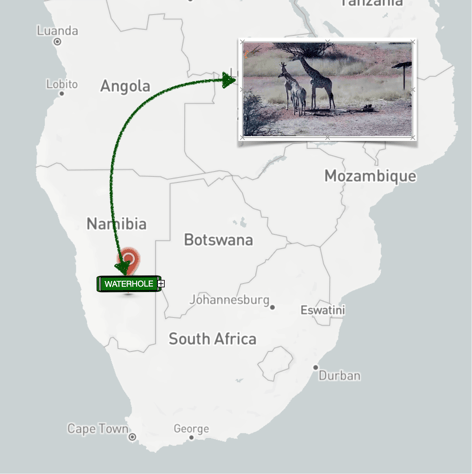
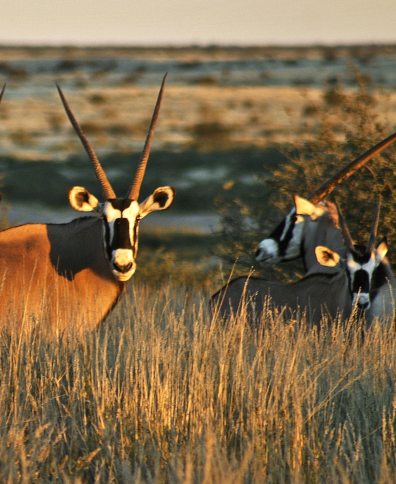
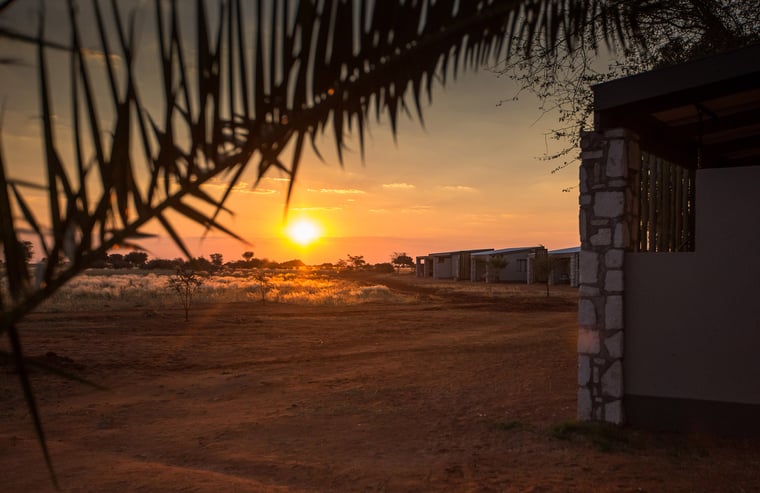
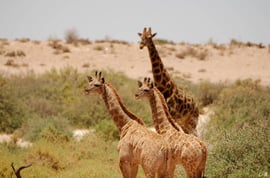
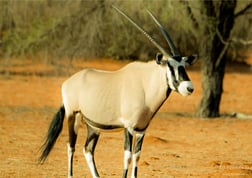
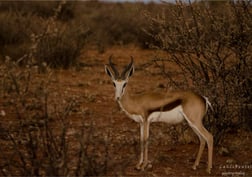
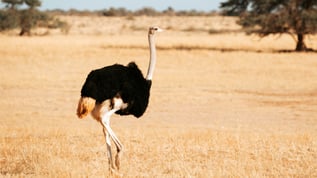
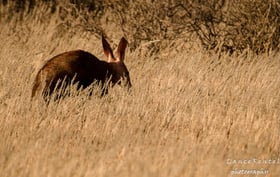
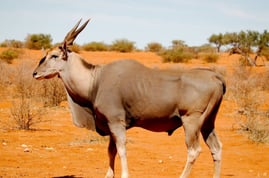
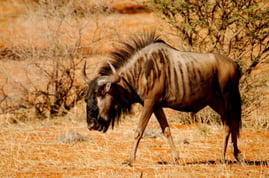
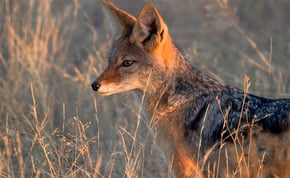







.jpg?width=190&name=Kalahari%20Anib%20Lodge%20(5).jpg)
.jpg?width=189&height=123&name=Kalahari%20Anib%20Camping2Go%20(3).jpg)
